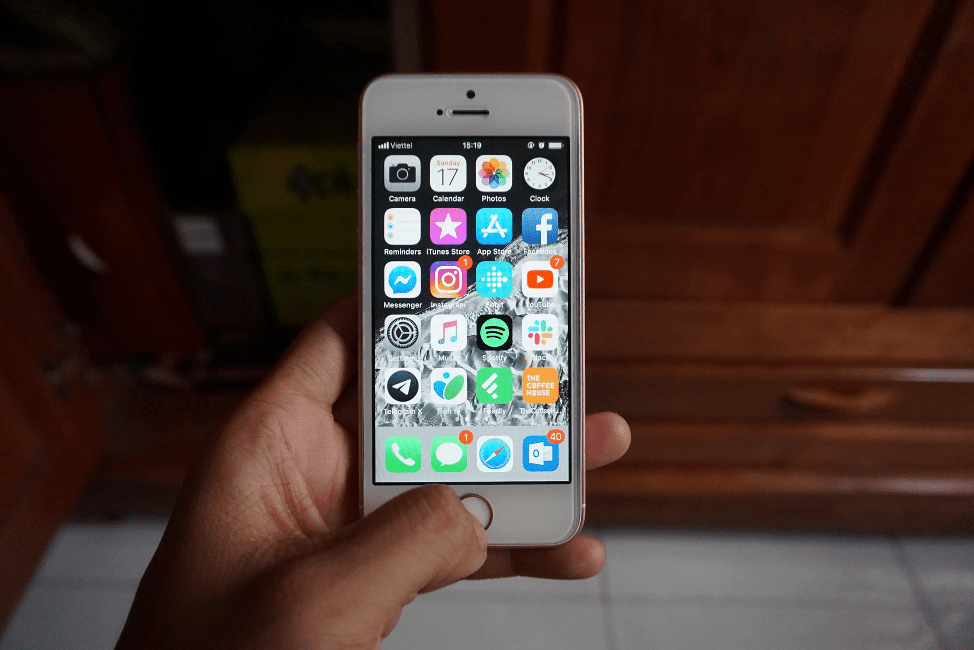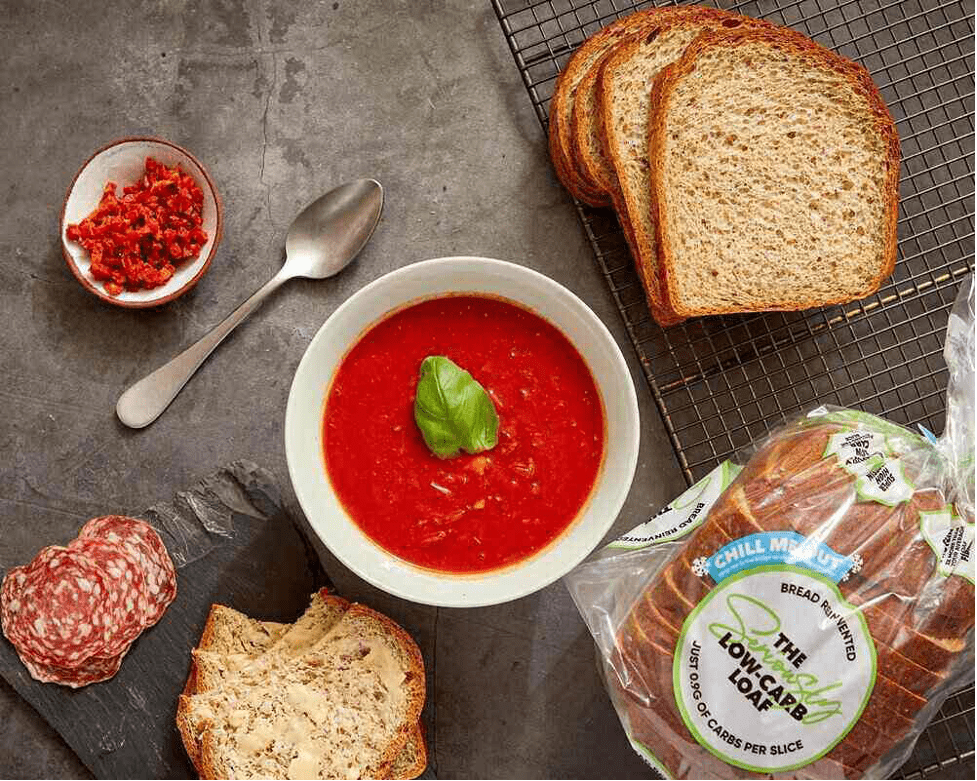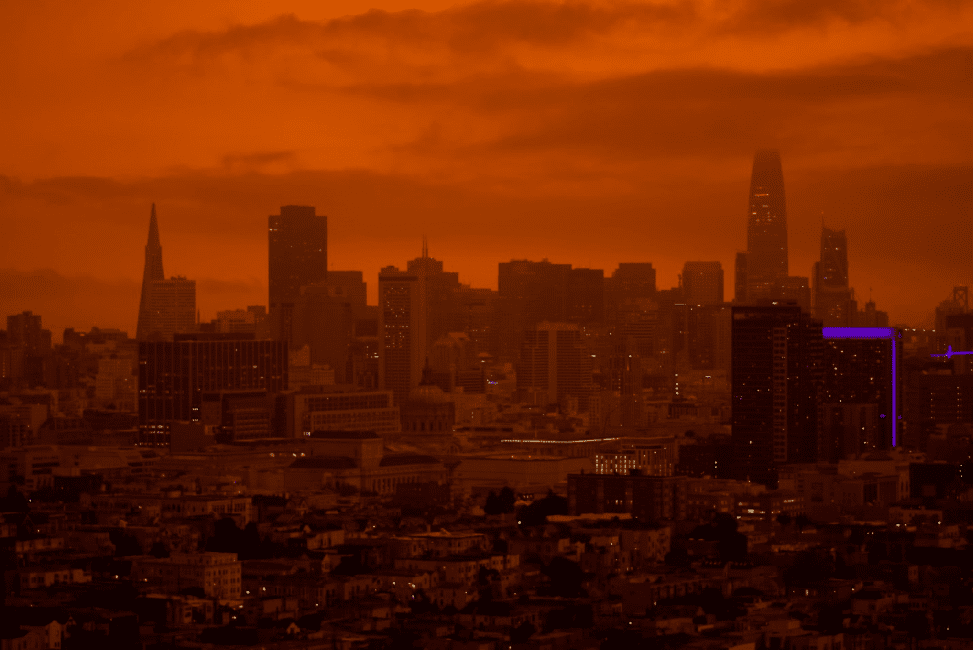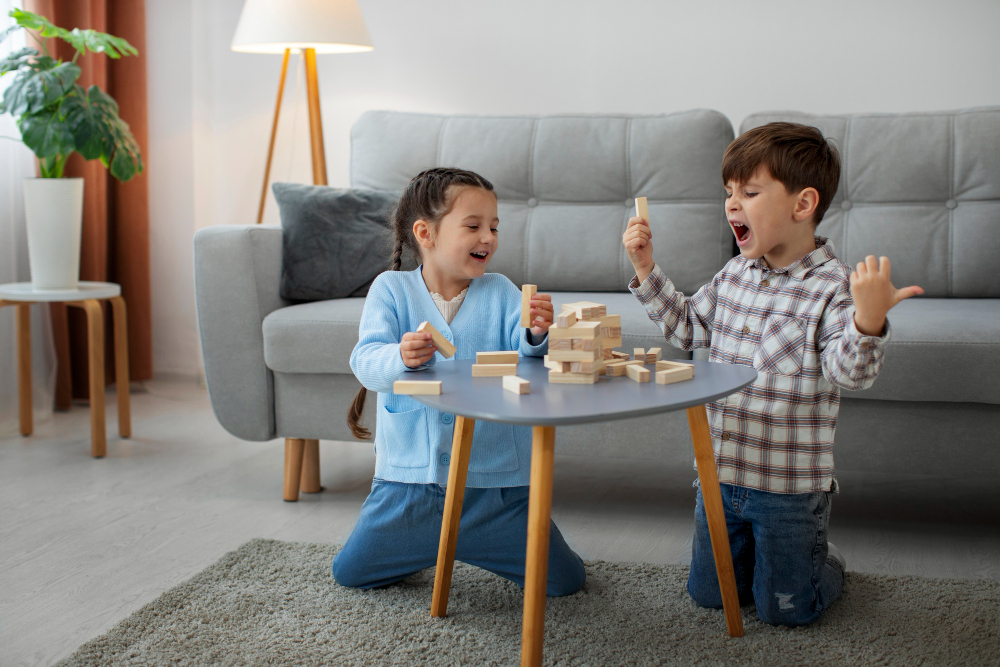You might think your home is a safe zone when it comes to air quality. But home air pollutants are sneaky. They slip into your space without you even noticing. And over time, they can mess with your lungs, your sleep, your energy - basically your whole body.
Now, let’s go ahead and talk about the five biggest culprits you are probably missing:
Candles
Lighting a candle after a long day feels good. It smells like vanilla, clean linen, or a forest. But here is the thing: Many candles, especially the scented kind, release tiny bits of chemicals into the air. These include toluene and benzene, both linked to headaches and respiratory problems.

Nubi / Pexels / Many candles, especially the scented kind, release tiny bits of chemicals into the air. These chemicals can be unhealthy!
The wax, the wick, and the synthetic fragrance all play a part. Even “green” or “natural” candles can still produce soot and VOCs (volatile organic compounds). If you are burning candles every evening, you are breathing in more home air pollutants than you think.
Unchecked Parcels
Boxes show up at your door, and with them, packaging foam, plastic, and lots of cardboard. Seems harmless, right? Not exactly. All that packaging often comes with chemical residues and off-gassing materials. Especially with electronics or anything packed in foam, you are getting a dose of flame retardants and plasticizers.
If you let those boxes pile up, you'll have a dust trap laced with pollutants. Break them down and take them out right away. The air in your house doesn’t need to smell like bubble wrap and glue.
Indoor Plants
No doubt, houseplants are the go-to move for fresher air, but they are not perfect. Overwatering, moldy soil, and even certain fertilizers can all add mold spores and other irritants to the air. If you have got a jungle in your living room, your lungs might not love it as much as your Instagram does.
Plus, plastic pots and some plant foods release their own VOCs. One or two well-tended plants can help. But turning your home into a greenhouse? That can turn into a full-on home air pollutants party.
Typical Cleaning Products
Home air pollutants are often hiding in the very sprays and scrubs we use to keep things "clean." Many common cleaning products release strong chemicals that hang in the air long after you are done scrubbing. We are talking bleach fumes, ammonia, and fake fragrances.

Kelly / Unsplash / Even cleaning products labeled “natural” aren’t always safe. Choose them wisely!
Lemon-scented? Great - until the limonene reacts with ozone in your air and forms formaldehyde. Yes, actual formaldehyde. Open a window, ditch the harsh stuff, and read those labels like your lungs depend on it.
Your Hobbies Could Be Polluting Your Space
Crafting, painting, soldering, even gluing - your hobbies might be relaxing, but they can also be dirty. Many hobby supplies release fumes. Paints, glues, resins, and aerosols all contribute to indoor air pollution. If you have a hobby station without ventilation, you are basically marinating in fumes.
Even seemingly safe stuff like fabric dyes, wood stains, or nail polish can release dangerous chemicals. Home air pollutants don’t care if you are being creative. They still show up, especially in tight, closed spaces. Crack a window or wear a mask if you are getting artsy.
At the end of the day, the air inside your house matters. A lot. You spend most of your time indoors, and if your space is filled with home air pollutants, your body is paying the price. Headaches, fatigue, allergies - it adds up. The worst part? Most of it is stuff you’d never even think about.







